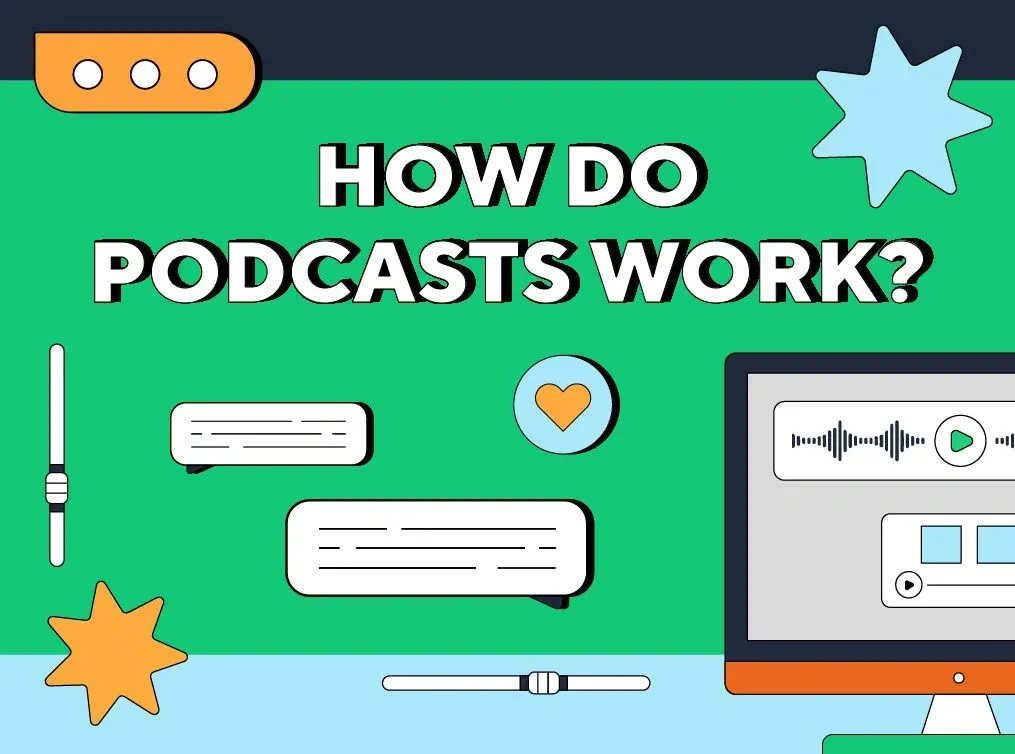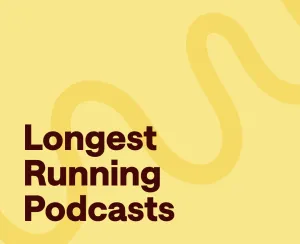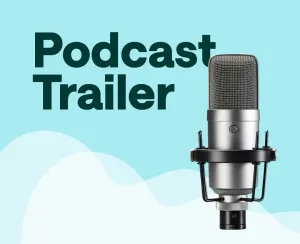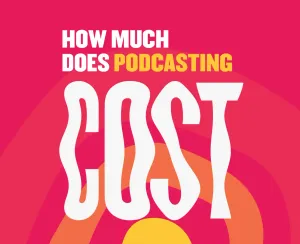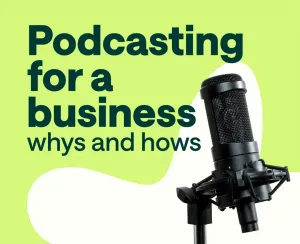According to the Oxford Dictionary, a podcast is “a digital audio file of speech, music, broadcast material, etc., made available on the internet for downloading to a computer or portable media player; a series of such files, new installments of which can be received by subscribers automatically.”
Ugh, this was quite a lot, wasn’t it? Let’s make it more simple: podcasts are audio shows.
And most often, they are a source of entertainment and education.
Many individuals trying to enter the world of podcasts ask: how do podcasts work?
Usually, these shows have a specific topic, and each episode explores it deeper. Because podcasts are purely audio series, the content and host’s communication and storytelling skills matter the most.
So, what is the purpose of these audio episodes?
People may have different motivations for starting a podcast. One of the most popular reasons is the passion to express themselves and share ideas on a particular subject. For example, someone who is really into a specific topic and wants to be heard can consider starting podcasts. This is when enthusiasm becomes the motivation!
Another reason for individuals and businesses to start a podcast is the marketing and promotional opportunities. Considering podcasting does not require significant investments, many can do it in the early stages of their brand development. What makes it a good marketing tool is that a host can enter into close and genuine contact with customers. As emotional connections with customers are one of the primary marketing goals in the 21st century, podcasting is a great solution.
Who is the podcast audience?
The answer is: podcasts work for everyone.
There are podcasts covering hundreds and thousands of topics. So, any person can find something for their interest. There are no rules or criteria one should meet. Anyone can be a part of a podcasting community.
Podcasts are for students who want to go the extra mile of learning something. They are also for new moms who want to receive practical advice and tips. Podcasts can be fun for workers who wish to have some good laughs during the lunch break, or for travelers who want to entertain themselves on the go.
In short, podcasting communities have no requirements. They have no boundaries and are indeed for everyone. So whatever your podcast is, you’ll find your niche audience. That is what makes it so good.
How do podcasts work? Where are podcasts listed?
Directories are the most common places where podcasts are submitted. Directories have the largest podcast audiences, which increases the opportunities and potential of show-owners to engage with a wide community. Although there are premium account options, directories are generally free for listeners.
Some of the top directories are Apple Podcasts, Spotify, Google Podcasts, Stitcher, and TuneIn. Each has its advantages and audience. Sometimes, a specific show is listed in more than one directory. So, listeners can choose the most convenient one depending, for example, the device used.
What makes podcasts engaging?
Making a podcast interesting and engaging is one of the essential aspects that podcasters and marketers focus on.
Here are the main tools and techniques that make audio shows engaging.
Clearly defined and original concept
The concept around which your podcast is formed is essential. Some think that the broader the subject is, the more people can feel connected to it. However, that is not the case usually. When you define your niche subject, you can create more targeted and unique content that your audience will click on.
Developing your concept is the first step of your podcast positioning. To do that, try to fill the blank in the following statement:
“We connect with people who ___, but ___, by ___.”
So, what you need to define is the audience with a specific goal, the reason they have troubles reaching that goal, and your solution to it.
A well-defined podcast mission increases the potential of providing practical solutions.
Follow story structure
Original and high-quality content and the artistic skills of a host are crucial for a successful podcast. However, catching listeners’ attention and stucking in their memories can also be done by a simple technical tool called storytelling.
Storytelling is an approach where you deliver information in the form of a narrative.
There are several tools you can use to build the story structure.
Below is an example of storytelling structure.
Comprehensive description: Here you should have relevant information about your chosen hero, triggering events, and developing complications. By the latter, we mean the problems that your hero should solve in order to return to everyday life. Why not? You can also discuss the progressive difficulties that arise on the path of your hero.
Critical moment: This is when your hero understands what should be done to achieve success.
Culmination: It’s the peak of the story. Here the issue gets solved.
Reflection: The last point is about identifying the effects of the whole experience on the hero.
Call to action
Direct marketing and artificial engagement calls are sometimes annoying and ineffective. So many hosts literally invoke the audience to do something – subscribe, rate or review, that it sounds like an automatic request which the majority does not take seriously.
Calling your audience to take action should not be direct. It should be decoded. The best way to do it is by asking questions.
Let’s understand this with an example.
Assume your podcast is about a healthy lifestyle and workouts, and you made an episode on the feeling of guilt. At the end of the episode, you can ask the following “Do you feel guilty on your day-offs and why? Share your experience with us”. Also, make sure that they know how to share it.
To sum up
There is no specific answer to how podcasts work. There are available tools and ideas you may consider when developing your strategies. Podcasting is a creative industry, so there are no general standards and absolute requirements. The simple advice is to stay open and create. 😉
